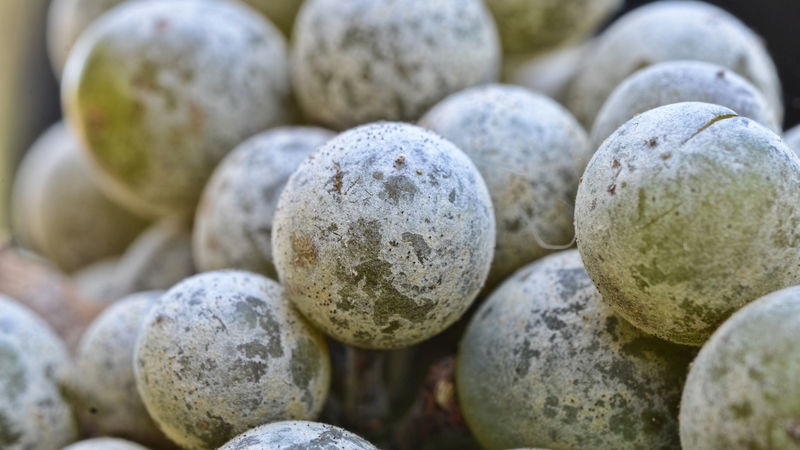South Florida Medfly Threat Quashed
The Florida Department of Agriculture and Consumer Services (FDACS) announced the eradication of the Mediterranean fruit fly (Medfly) in Pompano Beach, Broward County. After three life cycles of the fruit fly have completed with no additional Medflies found, the Department lifted regulations and removed the prohibition on the movement of fruit. The Department will continue to monitor for the presence of Medflies by trapping under the statewide fruit fly detection and monitoring program.
Since February 2011, residents and businesses in the previously regulated area were prohibited from moving or selling their fruits and vegetables outside the regulated area of Broward County. These efforts, part of an eradication program, were necessary to prevent the rapid spread of Medflies, which can have an adverse impact on many crops within Florida and beyond.
In April, FDACS made a similar announcement regarding an eradication program carried out in Miami-Dade County.
The Medfly is considered the most serious of the world’s fruit fly pests due to its potential economic harm and threat to our food supply. It attacks more than 250 different fruits, vegetables and nuts, including oranges, grapefruit, lemons, apples, guava, mango, tomatoes and peppers. Population growth may be explosive, as females are capable of producing hundreds of eggs that grow into maggots within the fruit rendering it unsuitable for human consumption. A Medfly life cycle can be as short as 21 days under Florida conditions.
A cooperative state and federal program monitors more than 56,000 fruit fly traps across the state as part of an early fruit fly detection network to prevent fruit fly introductions. In addition to the monitoring program, the Sterile Insect Technique and Mediterranean Fruit Fly Preventive Release Program (PRP) began in 1999. Millions of sterile Medflies are released throughout high-risk areas of the state. A recent expansion of the PRP now includes the Pompano Beach area.
The harmful pests were first discovered during routine fruit fly trap monitoring in January. A trap containing Medflies, Ceratitis capitata, was collected in Pompano Beach by an inspector with the Department’s Division of Plant Industry. In cooperation with USDA, the Department established a regulatory boundary around the area of the positive finds to prevent the spread of the Medfly and released sterile Medflies to mate with the wild flies and prevent reproduction.
Source: FDACS news release










